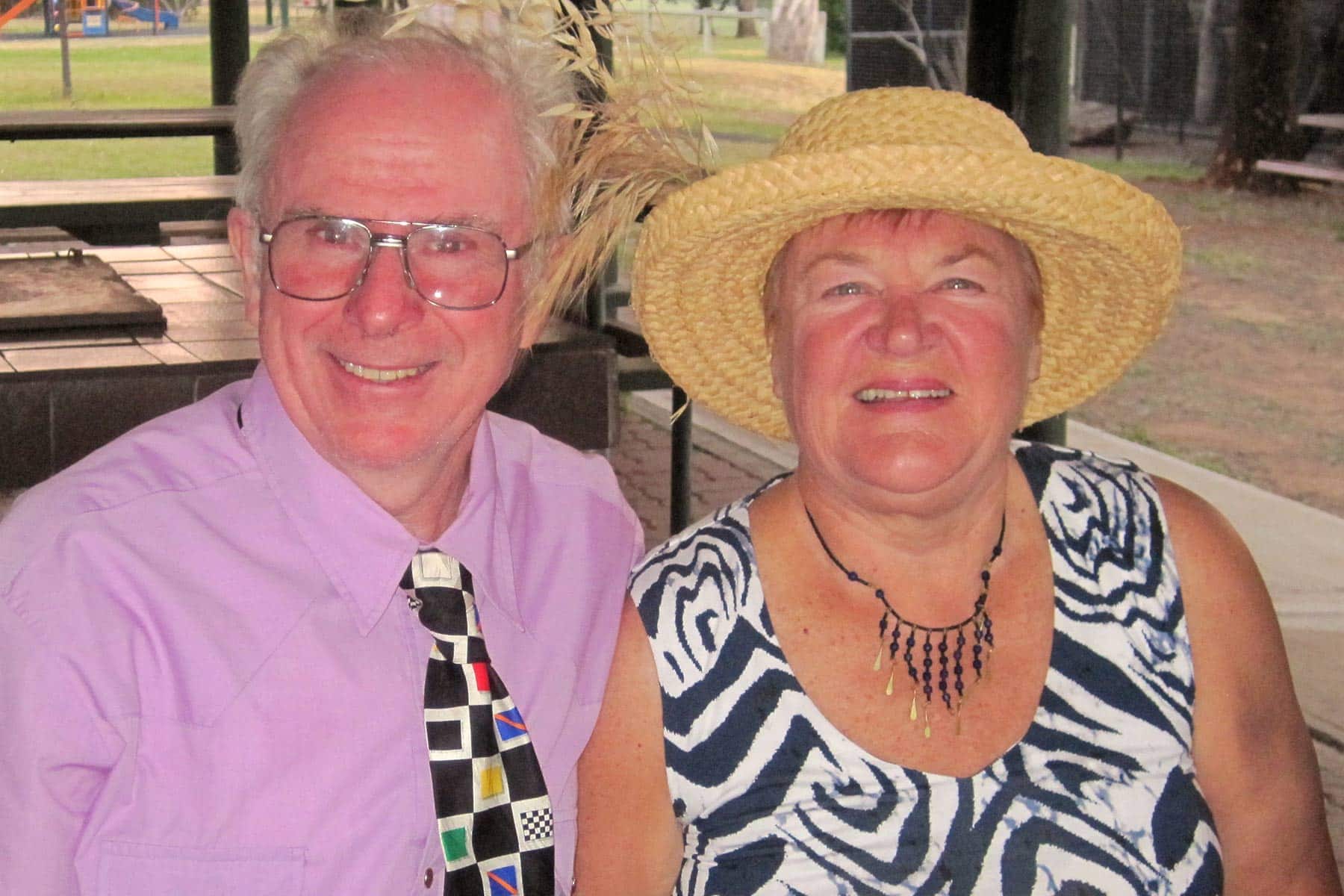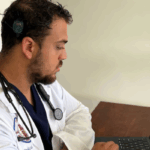MED-EL
Published May 13, 2015
MRIs Made Me Choose the SYNCHRONY Cochlear Implant: David Lloyd

David Lloyd is a recipient of the new MED-EL SYNCHRONY Cochlear Implant, which he chose because of its compatibility with 3.0 Tesla MRIs. Here we’re excited to share his story of going from hearing loss to hearing with a cochlear implant.
A Progressive, Congenital Hearing Loss
I was age 8 when diagnosed with a hearing loss—bilateral severe sensorineural hearing loss. The doctors said it was due to the nerves in my ear not properly developing.
Right away I was fitted with a hearing aid which was big and bulky, and had a battery which needed to be carried in a specially made pocket. This is how I would hear through my childhood as I went to speech and elocution lessons which, for the next 10 years, helped me to understand speech and correctly pronounce sounds. At the same time school was difficult. I was always in trouble with teachers for not paying attention in class.
I never allowed my hearing disability to stop my adventurous spirit. I have always loved bicycling, and one of my biggest early accomplishments was at age 14: riding a bike for 290 km over the Blue Mountains in Australia. And once I completed my accounting and management courses, I began to travel throughout North Africa and the Far East: Iran, Afghanistan, Pakistan, India, and Sri Lanka.
A Need for Frequent MRIs
Then in May, 2014, when I was bicycling from Brugge to Paris, something changed. I experienced severe head giddiness and then a spinning sensation when I was lying in bed. When I went back to Sydney I was referred to a neurologist who diagnosed me with a form of vertigo that could be treated by surgery.
While I was in the surgery he told me that I was a candidate for a cochlear implant, and I naturally asked “why.” His response was, “you are wearing two powerful hearing aids and still cannot hear what I am saying.” So, I had two brain scans including an MRI, which revealed a small benign schwannoma near my left cochlea. Because of this I knew I would need to have more MRIs in the future to check on the tumor.
MRI Safety and the SYNCHRONY Cochlear Implant
Because of that I went to the Sydney Cochlear Implant Centre for further testing, and my surgeon recommended the new MED-EL SYNCHRONY Cochlear Implant. This was because we knew I would need annual MRIs to monitor the tumor and the SYNCHRONY would let me have high-definition 3.0 Tesla MRIs. Moreover, the implant’s electrode array could be inserted deeper into the cochlea for better frequency matching and the processor has directional microphones.
I had my activation in mid-February and since then my hearing has significantly improved.
Every day I wear my processor for at least 15 hours. I can now hear clearly and with clarity unaided on a mobile phone, which before was impossible. And I read newspapers out aloud so that I can hear my own voice, and have started talking a lot softer and not straining to hear speech and other noises. Noises obviously are a lot louder than before, and as I expose myself to noise I can better and better hear in noisy environments and hold conversations on a one-to-one basis. The initial static or echo sounds are still there but they’re diminishing with time.
I had an appointment with my audiologist at the SCIC just yesterday, only nine weeks after having my audio processor activated, and tests showed that my speech recognition is now close to normal.
The greatest fear is the fear of the unknown. For someone considering a cochlear implant there can be lots of unknowns. But I would say that the benefits far exceed any negatives. In the space of only two months I have close-to-normal hearing in my right ear.
My only question I ask now is, “when can I receive one for my left ear”?
Thanks, David!
MED-EL
Was this article helpful?
Thanks for your feedback.
Sign up for newsletter below for more.
Thanks for your feedback.
Please leave your message below.
Thanks for your message. We will reply as soon as possible.
Send us a message
Field is required
John Doe
Field is required
name@mail.com
Field is required
What do you think?
MED-EL


